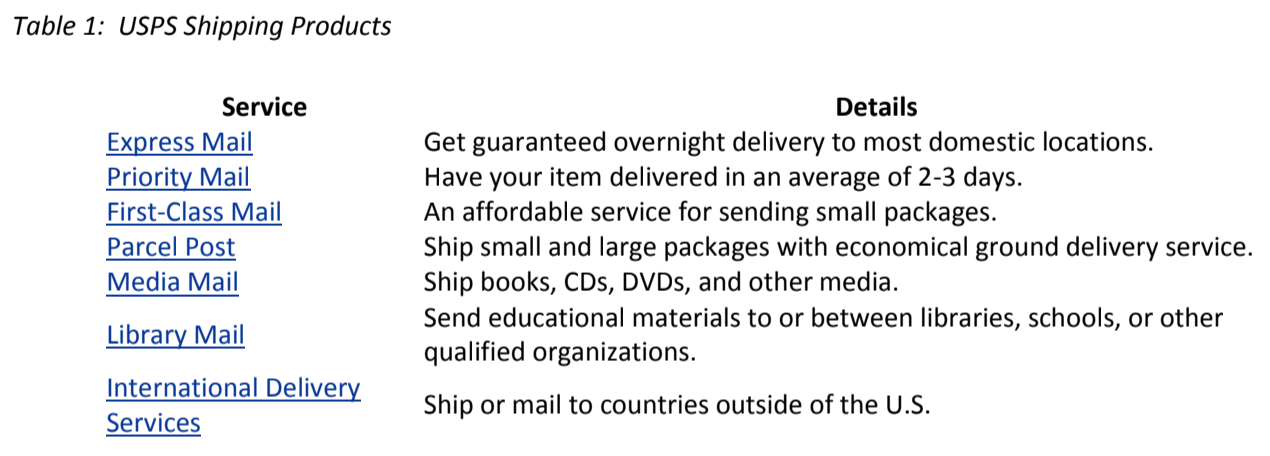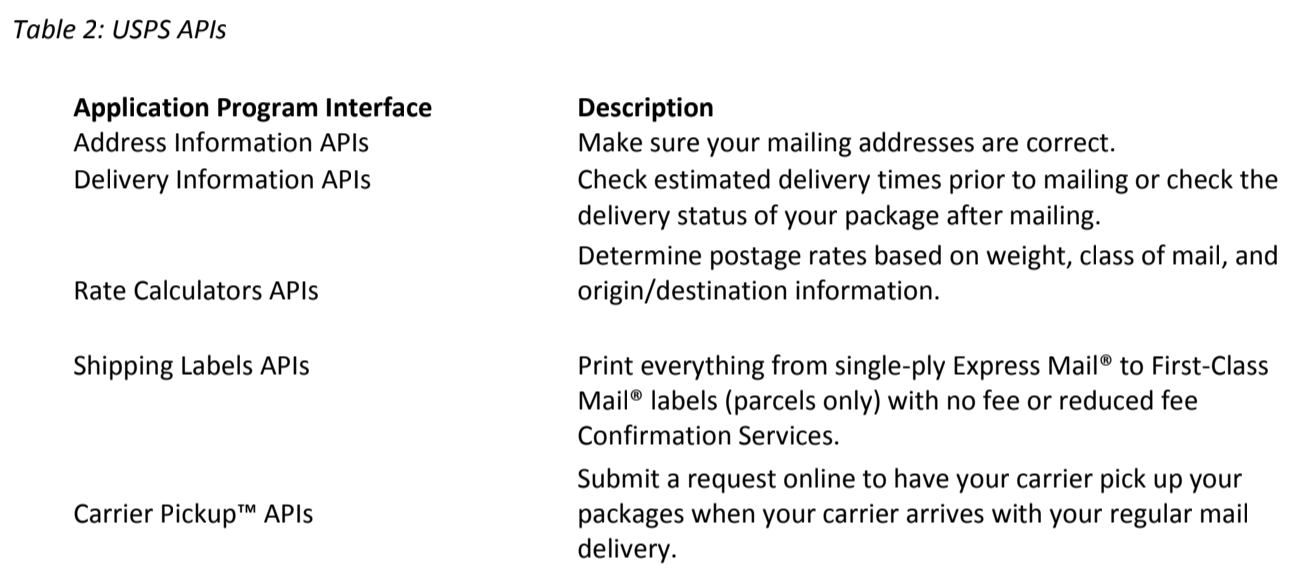As parcel shippers contend with the dual challenge of rising shipping costs and fewer carrier options in the U.S. domestic market, many are being forced to find lower cost shipping alternatives to FedEx and UPS.
For many shippers, the best option to reduce costs has been to negotiate – directly or through a third party supply chain consulting – higher incentives with their incumbent carriers. For many however, that’s not enough.
For decades, shippers could turn to lower cost carriers like DHL. However, DHL Express dropped out of the U.S. market ceasing the majority of domestic express and ground operations on January 28, 2009.
On the heels of DHL’s departure, FedEx and UPS imposed the highest rate increases in history. Moreover, pricing has tightened at FedEx and UPS in light of declining volumes, depressed earnings and diminished competition.
FedEx Express fiscal second quarter EBIT were 89% off 2008 figures, and FedEx Freight took at $59M operating loss. As a result, the carriers are focused on profitability today more than ever.
All of which means higher costs for shippers.
Fortunately, there are still viable alternatives and complementary services to UPS and FedEx. Through careful evaluation, shippers that add the US Postal Service (USPS) to their carrier mix can significantly drive down costs.
Of its $75 billion in fiscal 2008 revenue, USPS generated about 11% or $8.35 billion from shipping services. But they’re only getting started.
Well positioned to capture market share in the Express and Ground business, the USPS is going after that market segment in a major way with the products and pricing to do it (see Table 1 below).

The USPS is ramping up to take advantage of competitive freedoms it gained under the Postal Accountability and Enhancement Law, which lifted the mandate for uniform pricing for all. Under the new law, the USPS has the autonomy to develop competitive shipping products and pricing initiatives.
Unique Advantages
Mary P. Anderson, USPS Manager of Sales and Pricing for Expedited Services feels the USPS is a now a force to be reckoned with in the shipping industry. “We already go to every door every day. Competitors often need to make an additional stop to residences; we just drop them off with the rest of the mail.”
A pricing analysis reveals that the USPS is particularly competitive for lightweight, residential packages especially to close-in zones.
Anderson described other unique advantages: “We’re the only carrier that can put items in mailboxes, P.O. Boxes, or residential mail slots. We offer free package pickup six days a week. We have the most package drop-off points in the country. We go to every address for the same price whereas our competitors impose ‘extended area’ surcharges. And we have no extra charges for Saturday delivery, residential delivery or fuel surcharges.”
Free Saturday delivery amounts to 52 additional delivery days a year. Plus, it’s the day residential customers are most likely to be home, eliminating the need for more than one delivery attempt, increasing customer satisfaction and reducing customer service calls.
Other advantages include the fact that the USPS is the only carrier that offers pricing for parcels that weigh 13 ounces or less (First-Class Mail Package) with delivery service standards within 3 business days. Retail pricing ranges from $1.17 to $3.21, a bargain compared to $4.57 (plus fuel and other surcharges) for UPS and FedEx Ground service (1 pound, Zone 2 minimum charge).
Flat Rate Products
The USPS has developed convenient, unlimited weight products which feature predetermined rates regardless of weight or destination. Flat Rate products are available in multiple sizes and shapes:
- 12-1/2″ X 9-1/2″ – Envelopes
- 8-5/8″ x 5-3/8″ x 1-5/8″ – “Video” box
- 11″ x 8-1/2″ x 5-1/2″ – “Shoe” box
- 13-5/8″ x 11-7/8″ x 3-3/8″ – “Shirt” Box
- 12-1/4″ x 12-1/4″ x 6″ – “Large” box is 50 percent larger than other Flat Rate box options
Competitive Pricing
Effective January 2009, the USPS unveiled competitive pricing tiers for Express Mail and Priority Mail as follows:
- Retail – Standard pricing at Post Office retail outlets
- Commercial Base – Discounts for online users (approximately 5% off retail for Express Mail, 4.7% for Priority Mail)
- Commercial Plus – Discounts for high volume shippers (approximately 14.5% for Express Mail, 7% for Priority Mail)
Commercial Plus replaces the quarterly volume rebate program. Shippers can qualify for Commercial Plus discounts on Priority Mail (100,000 pieces/year) and/or Express Mail (6,000 pieces/year) and receive discounts immediately, instead of waiting until the end of the quarter.
Moreover, the $.65 Delivery Confirmation fee is waived for online Priority Mail shippers.
New Services
In addition to creating new competitive pricing tiers, the USPS has developed customized shipping services including a new letter-sized overnight envelope as well as an Express Mail overnight service that allows banks to receive faster remittances resulting in increased float.
Through enhancements to Priority Mail Open and Distribute services, drop-shippers can send other classes of mail in two days at a lower cost. Other recent innovations include an asset recovery service, soft packaging for Priority Mail for items like clothing and soft goods, and a new induction process for Priority Mail.
The strategies are working. The USPS targeted several dozen large shippers and over the past 18 months has made significant sales progress. Gary Reblin, USPS Vice President for Expedited Mail recently announced the postal service has signed up 18 new accounts from large customers – defined as generating $2.5 million or more in annualized revenue – over the past few months.
The USPS’s initial marketing approach to negotiated agreements was to provide incentives based on volumes. If you ship “X” millions of packages, you get “Y” discount off retail pricing.
However, the approach today is more customized. While the USPS will not disclose details of confidential customized programs, third-party sources report discount ranges of 5-20% off retail pricing for Express, Priority and Global Mail products.
Another example to demonstrate the Postal Service’s desire to grow its package business as well as think-outside-the-box culture, the USPS is issuing “reseller” agreements to select retailers. These resellers will enjoy sizeable discounts on non-market dominant products, which can be marked up and Resold.
Improved Delivery Performance and Customer-Focused Value-Adds
To compete with FedEx and UPS, the USPS realizes improvement is necessary and has focused resources to improve service performance, billing and tracking options and customer convenience:
- Improved delivery performance: Thanks largely to transportation subcontractor FedEx, Express Mail & Priority Mail service levels are at all-time highs.
- Web functionality: Customers can ship online at www.usps.com, look up ZIP codes, compare services, calculate shipping costs, track packages, order supplies, print postage or schedule a pickup.
- Billing Convenience: With an Express Mail Corporate Account (EMCA), you can charge your
- Express Mail shipments to one account. You can deposit shipments paid through an Express Mail Corporate Account at any Express Mail collection box, at the Post Office, or with a postal letter carrier.
- Web Tools: USPS also provides free Application Program Interfaces (APIs) to integrate a variety of Web Tools into your website, shipping operation or customer service center (refer to Table 2 for list of available APIs and description.)

Workshare Partnerships
The USPS has also developed a residential delivery product called Parcel Select Service. The service provides incentives for consolidators to induct packages deep within the postal delivery stream with the Postal Service handling the final mile delivery to the residence.
The consolidator handles the pickup, sortation and initial transportation leg. Induction to the USPS usually occurs at the Bulk Mail Center (BMC) but in some cases at the Destination Delivery Unit (DDU), the local post office that delivers mail to the business or residence.
With the postage discounts, these parcel consolidators – like FedEx SmartPost, UPS Mail Innovations, UPS Basic, Newgistics and others – are able to offer volume shippers pricing that often costs less than Ground service at a comparable transit.
Volume parcel shippers of non-urgent, lightweight, residential packages can reduce costs by as much as 50%.
Returns
Shippers that overlook returns are missing out on a significant opportunity to reduce costs. Returns are especially costly in the world of ecommerce, as product returns are unavoidable with return rates commonly ranging from 5% (hard goods, gifts) to 25%+ (shoes and apparel).
The USPS offers Merchandise Return Service to help retailers’ customers return merchandise via pre- printed, prepaid labels. The retailer includes a return label with each customer’s order (or sent via mail, email or fax) or the customer can print return labels online with authorization from the retailer.
Like Parcel Select on the forward piece, the USPS has developed a Parcel Return Service to leverage its final mile expertise on the reverse piece. The USPS handles the pickup and initial transport to a Returns facility, where packages are picked up and eventually delivered by consolidators like Newgistics or UPS.
By leveraging this hybrid best-in-breed approach, shippers can improve return transit times, reduce handling and damage, receive consolidated deliveries, and leverage rich, barcoded information to improve inbound operations, inventory forecasts, communication with customers and other Benefits.
Areas for Improvement
To this point, I’ve highlighted many of the strengths of USPS. However, as the USPS freely admits there are still many opportunities for improvement including tracking/reporting, service performance, billing, permits, automation, and pricing flexibility:
- Tracking/Reporting: While USPS Intelligent Mail Barcode initiatives promise better package tracking and information in the future, today’s tracking and reporting capabilities significantly trail UPS and FedEx.
- Service Performance: While service performance has improved, USPS on-time delivery performance is not on the level with UPS or FedEx. Moreover, guarantees are different. UPS and FedEx publish delivery times as early as 8:00AM with money-back guarantees. Express Mail offers next-day delivery as early as noon to most major metropolitan areas or your money back. Outside of Express Mail, delivery times for postal products are not guaranteed.
- Billing: The USPS billing options do not match the rich detail of weekly electronic invoices and convenient online claims processing of FedEx and UPS.
- Permits: Unlike UPS and FedEx, USPS shippers must apply for annual permits and prepare packages (sortation, metering, etc.) within USPS guidelines.
- Automation: Outside of its online shipping application, the USPS does not provide shipping automation hardware or software. Many UPS and FedEx shippers enjoy automation for manifesting, labeling, rating, tracking, reporting, address storage, etc. at no additional charge.
- Pricing: While the USPS is beginning to roll out custom pricing, it has only been offered to the largest shippers in the U.S. In the meantime, smaller shippers can take advantage of marginal incentives to ship online at www.usps.com.
While many of the USPS products offer a value over FedEx and UPS published charges, most volume shippers have negotiated steep discounts with the private carriers which can wipe out any USPS cost advantage. (To ensure an apples-to-apples comparison, carefully evaluate all costs including accessorial charges like residential delivery and fuel surcharges.)
It is also important to note that given its pricing authority afforded under the Postal Law, USPS shippers could realize significant annual rate increases in the future. For example, machinable parcels shot up 20% in January 2009 after a 10% increase May 2008 and 35% increase in 2007.
Although the USPS has stayed away from surcharges as a marketing tool (but also due to operational constraints within its retail centers), it absolutely has the option of adding surcharges down the road.
In conclusion, the USPS now has the authority to develop competitively-priced products to earn your business and help shippers achieve cost reduction goals. Although some USPS services may lag behind those of UPS and FedEx, shippers of all sizes are wise to carefully evaluate USPS services and where appropriate, add these services to their carrier mix.